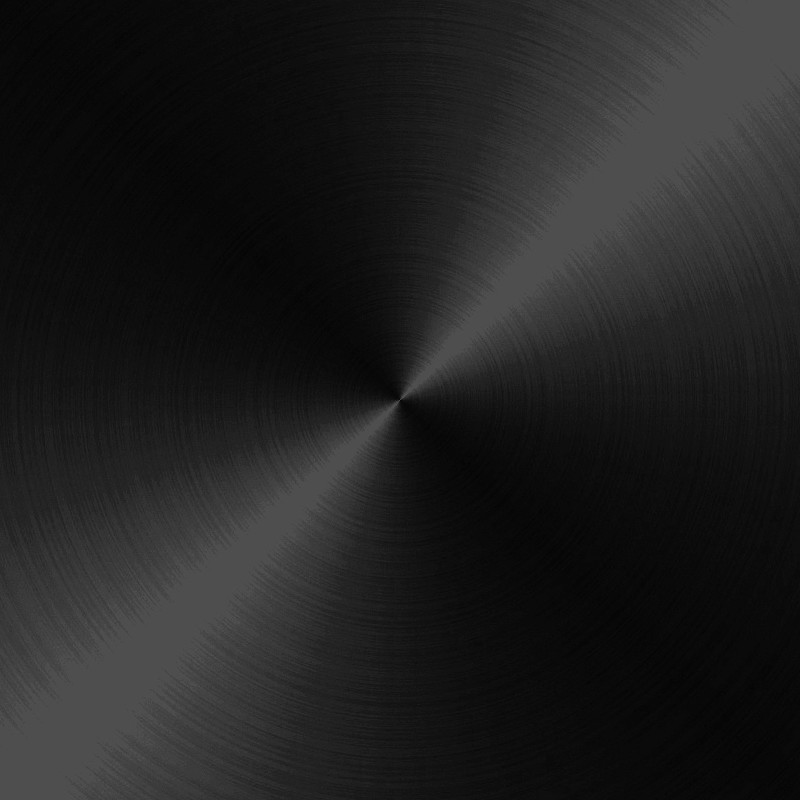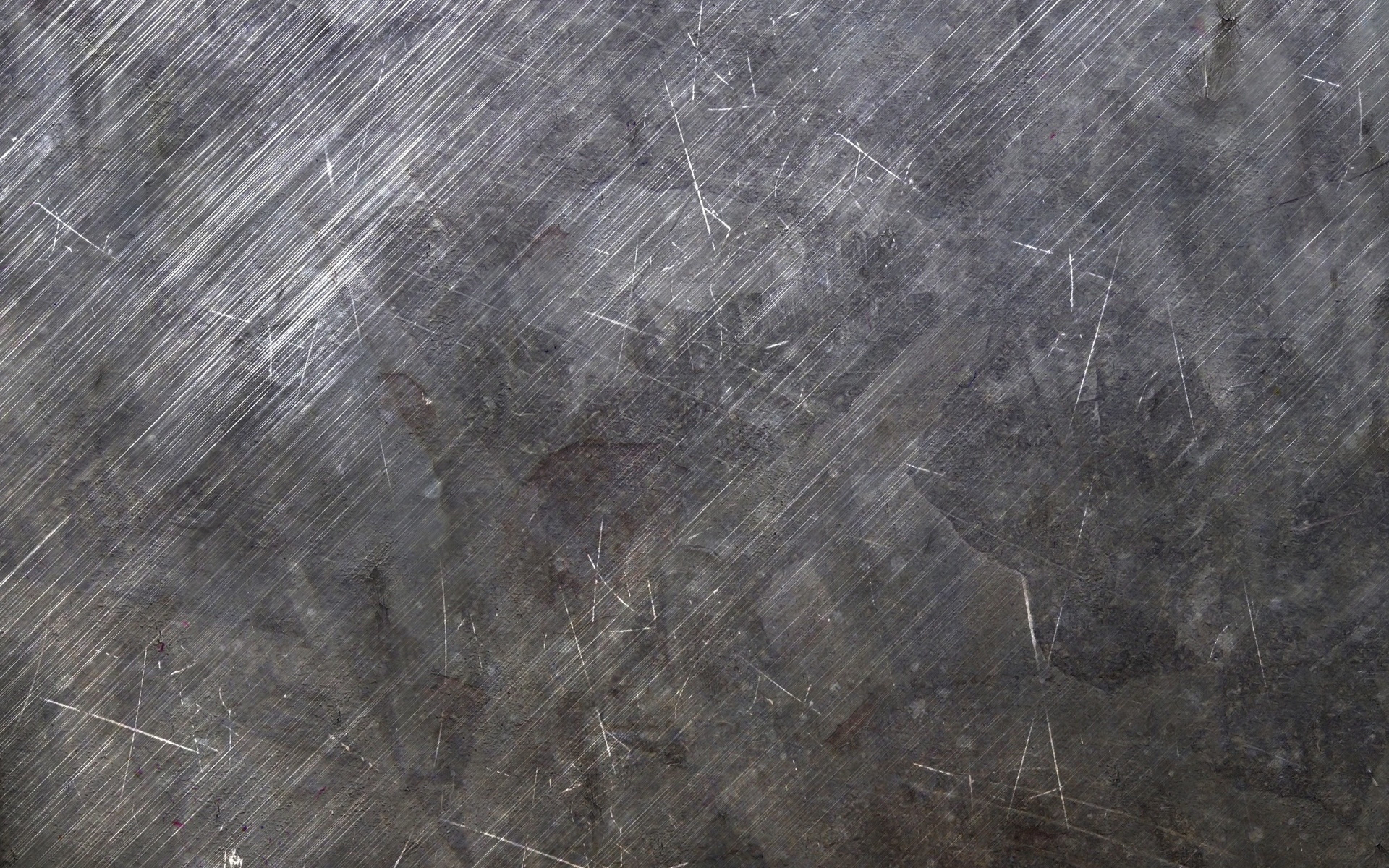

Most of the sheets, regardless of alloy, will have some form of surface damage from handling. However, the hot roll side, with the blue gray mill scale, looks fairly clean. These will show through a typical semi transparent, patinated and lacquered blackened steel finish so the entire surface will need to be re-finished to match, adding time to the project. Scuffs and scratches are visible on the cold roll. The picture here is of unfinished, 1018 cold rolled steel on the left, and plain A36 hot rolled steel sheet on the right. The Hot rolled steel features the blue grey mill scale.

#BLACK STEEL TEXTURE FREE#
Cold rolled steel, however, has a much finer surface quality, free from mill scale, and is ready to take patina without further surface conditioning.Ĭold Rolled, 1018 is on the left and Hot rolled is on the right.

What many outside of the metal fabrication trades don't know is that Mill scale is so tough it can only be removed by mechanical processes like grinding or grit blasting, and it doesn't take patina. A good choice which is between the cost of cold and hot roll is hot roll that has had the mill scale removed by Pickling and Oiling. 1018 is the alloy of choice for Cold Rolled Steel for sheets, which it is more costly than A36, and it arrives scale free. All of this material comes from the mill covered in an extremely hard blue grey oxide layer called Mill Scale. Most steel fabricators are using A36 Hot Rolled "Mild" steel for bars, shapes and tubes and some sheets. Experienced designers will understand the steel required for the fabrication and specify the material taking the finish into account in the construction documents. Steel comes in hundreds of shapes, sizes and alloys. So, in an effort to prevent some of this, here is an overview of the fundamentals behind blackened steel finishes. The potential for miscommunication limits the fabricator/finisher's ability to properly price the work resulting in apples to oranges bidding. Because of the wide variety of processes and materials, this creates opportunity for conflict with other trades for the architect, designer and owner. Even showing a clerk a picture of a glass of white wine barely narrows the search. And, two finishers can arrive at the same place using two totally different methods! Therefore "blackened steel" as a finish specification is as clear as texting a salesman in a large clothing store for "blue jeans" or ordering "white wine" in a well stocked wine shop and expecting they will deliver EXACTLY what you have in mind. Often, there will be a combination of two or more of these processes used to reach the desired finish. Ignoring for a moment that there are many different types of steel used for decorative purposes and even more ways to mechanically alter the steel for visual effect Steel is "blackened" using a wide variety of paints and powder coatings, chemical conversion coatings (which are often referred to as patinas, gun bluing or black oxide finishes), as well as waxes. " Give them any color they want as long as it is black!" Henry Ford.īlackened Steel sounds like one of the easiest finishes to achieve in decorative metals, yet this is the most widely misunderstood and complex of metal finishes. Doug Bracken, President Wiemann Metalcraft Doug Bracken


 0 kommentar(er)
0 kommentar(er)
